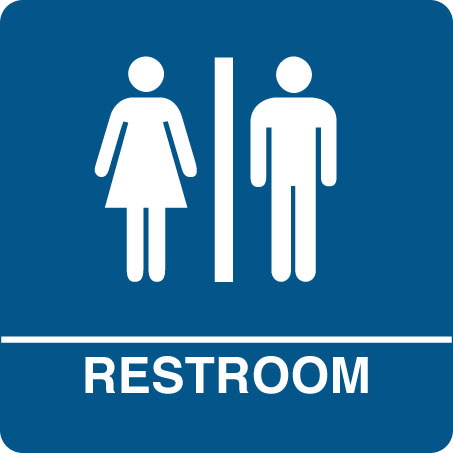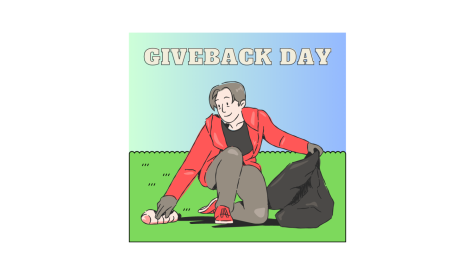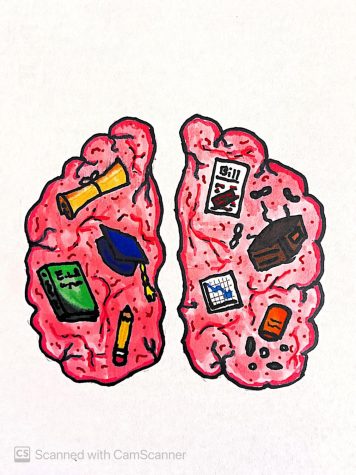Halloween is the worst holiday

You know those tweets that people quote with their unpopular opinion? Here’s mine: Halloween is the worst holiday.
I probably lost a lot of you there because about 179 million people celebrated Halloween in 2017, according to the Halloween Industry Association. Halloween is also the second most commercialized holiday in the United States. According to Statista, Americans spent about $9.1 billion on Halloween in 2017 with $3.4 billion of it toward costumes alone. According to the Halloween Industry Association, the average American household spends about $86.13 per year on Halloween-themed products.
Nowadays, Halloween is a secular holiday, but that wasn’t always the case. It actually stems from the Celtics, who lived over 2,000 years ago around modern day Ireland. Halloween began as a Celtic New Year celebration that was observed Nov. 1 in a tradition known as Samhain. Celtic priests were called Druids. It was believed that on Oct. 31, what would have been Samhain-eve, the underworld was opened to the mortal world and evil spirits entered to roam the earth. It was tradition for the Celts to light large bonfires to ward off evil spirits and to dress up in costume around the fire. It was from this tradition that witches, goblins, and other demonic creatures were popularized. Druid priests would roam around villages with with lanterns made of gourds and candles to ward off the evil spirits–sound familiar?
According to Britannica, the earliest records of the Druids were from the 3rd Century BC; most of the knowledge we have today of the Celtics and their culture comes from the writings of Julius Caesar. Caesar once wrote, “unless the life of a man be offered, the mind of immortal gods will not favor them.” The Celtics were deeply immersed in the culture of human sacrifice. One of the rituals they were famous for was the burning of the “wicker man,” where Druids would round up prisoners and trap them inside of a wicker cage shaped like a man and set it ablaze as a sacrifice to the gods. Although they preferred to sacrifice criminals, they were not above sacrificing innocent victims, if necessary. According to National Geographic, the Druids also practiced cannibalism and other gruesome rituals often before they were conquered later by the Romans and their civilization died out.
Contrary to popular belief, Halloween did not begin as a Christian holiday. It was not until the 9th century that the church would make Nov. 2 “All Souls’ Day,” a day to honor the dead who had passed on to heaven. It’s widely believed by historians that the church was attempting to replace the Celtic festival of the dead with a church-related holiday. Many Celtic traditions stayed with the holiday, though it was not widely celebrated in England very much in its beginnings.
I have always been a believer that everything is what you make it. If you make it fun, you’ll have fun. I’ve taken part in all of the secular Halloween traditions like most people, especially when I was younger: trick-or-treating, corn mazes, all the stuff people say are “Halloween fun.” But when you look at the history of Halloween and what a lot of the traditions represent, well, they’re pretty dark. They came from dark, evil traditions and that became more lighthearted as time went on. In comparison to major holidays like Thanksgiving and Christmas, Halloween pales in meaning. What’s a day designed to dress up and go door to door getting candy got on holidays centered around family and the spirit of giving? Regardless of what you believe about religion and the ties it has to Christmas, it’s pretty clear that Christmas is a much less self-serving, dark holiday.











